
Outline
- 1. Purpose vs. product: shifting the focus
- 2. Unified, adaptable messaging for diverse audiences
- 3. Building trust and transparency over time
- 4. The McKinsey three horizons: balancing today and tomorrow
- 5. Leveraging digital strategy for co-creation
- 6. Storytelling: tapping into the emotional side
- How are you driving your reputation?
Date
26.09.2024
Read Time
9 min
The missing mindset
Why complexity and having to connect to more requires us all to level up
As I sit here and reflect on our industry today, the rules of communication are evolving before our very eyes, but many involved in enterprises continue to utilise traditional business-to-consumer (B2C) or business-to-business (B2B) mindsets. While these approaches have their place, they can often fall short when it comes to engaging a broader range of stakeholders – employees, investors, regulators, communities and beyond. This gap represents a missing mindset in enterprise communication. The stakes are high, and without a shift up to an enterprise-to-stakeholder (E2S) approach, enterprises risk losing relevance, trust and connection with their most important audiences.
When we talk about “Enterprise”, we’re not just referring to any business. An enterprise is typically a large, complex organisation operating across multiple markets, geographies or industries, usually owning and managing multiple subsidiaries. These organisations have a broader societal impact, interact with a wide range of stakeholders and face more complex challenges than smaller businesses. They must be agile enough to meet the needs of diverse audiences – from regulators and investors to local communities – while maintaining a cohesive strategy across their subsidiaries. This complexity requires a communication framework that goes beyond using, blending or elevating B2C or B2B approaches.
Now, I’m sure you’re already aware, but we are going to start with why or purpose. When it comes to enterprise-level communications, purpose-driven communication has to be more than just a corporate slogan or a well-written statement that ticks a regulatory box; it’s a framework that allows enterprises to articulate their value and impact to various stakeholders in a way that is both tailored and consistent. Most enterprises still rely on adapting B2B or B2C approaches, but operating at an enterprise level requires a more complex, strategic and adaptable form of communication – one that considers the unique needs and expectations of all stakeholders.
1. Purpose vs. product: shifting the focus
In traditional B2C communication, the message often centres on the product: its features, benefits and how it meets the customer’s immediate needs. B2B communications, while more complex, still focus on value exchange and performance metrics. But in E2S communication, enterprises must shift the focus from product to purpose.
A well-defined and designed purpose framework explains why the enterprise exists and what value it creates for society, not just for consumers or clients. This distinction is crucial, as today’s stakeholders – especially investors, employees and regulators – expect businesses to go beyond making profit. They want to see the enterprise’s ethical stance, sustainability efforts and societal impact.
We partnered with Futura Medical, who had initially positioned itself around a single product, which limited its broader communication as an innovative R&D company. Through a rebranding process, Futura shifted its narrative to focus on their core strengths in research and development for sexual health products. This shift helped them convey their broader purpose and potential, rather than being seen solely as a single-product company.
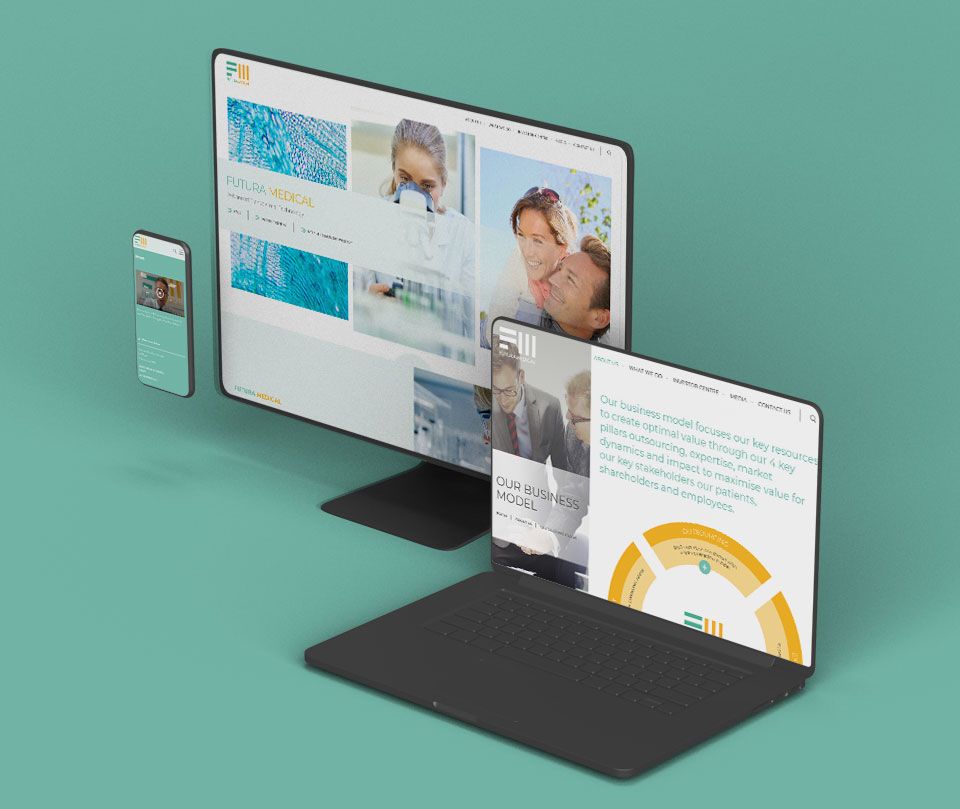

2. Unified, adaptable messaging for diverse audiences
The challenge faced by many enterprises is how to communicate with diverse groups of stakeholders without diluting their message. Investors want to hear about long-term growth; employees care about culture and opportunities; communities focus on social impact. Each group has distinct priorities, yet the enterprise must maintain consistency in its narrative.
Rather than developing fragmented messages, enterprises need a compelling overarching concept that is adaptable across all stakeholder groups. This approach requires deep research into the business, their marketplace, insights from key client team members, and creative content techniques to surface and amplify the most valuable enterprise story.
Majken Schultz and Mary Jo Hatch highlight in Taking Brand Initiative that the approach to enterprise reputation is an ongoing, dynamic process. It’s not simply about projecting a static image, but about continually aligning the brand’s purpose and values with the evolving expectations of a wide range of stakeholders. This enables the enterprise to maintain a unified message across multiple touchpoints, whether addressing investors or employees.
An example of where we can bring this to life is when we rebranded Topps Group. We strategically crafted messaging that supports their growth through acquisitions while engaging multiple customer segments. The rebrand maintained a common enterprise focus, ensuring that each subsidiary aligned with the broader corporate strategy rather than competing against one another. This unified approach allowed Topps Group to communicate a consistent message across its various business lines, while accommodating the unique needs of each customer base.

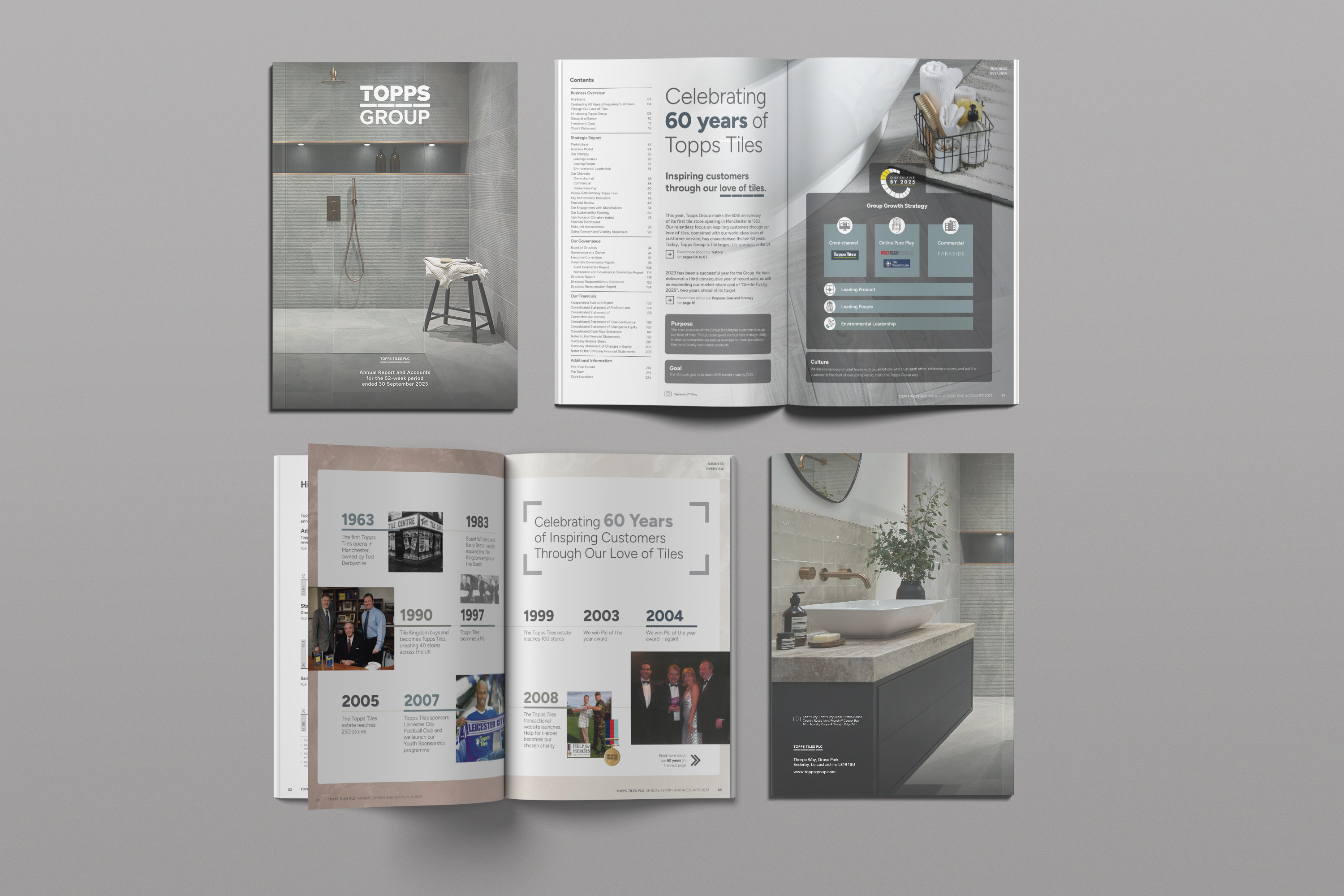
Similarly, our work with discoverIE, which initially functioned as a distributor of electronic components under Acal plc, was repositioned into a global design and manufacturing leader. This shift emphasised its purpose of creating sustainable industrial technologies, allowing it to present a unified message while engaging with both investors and clients focused on innovation.
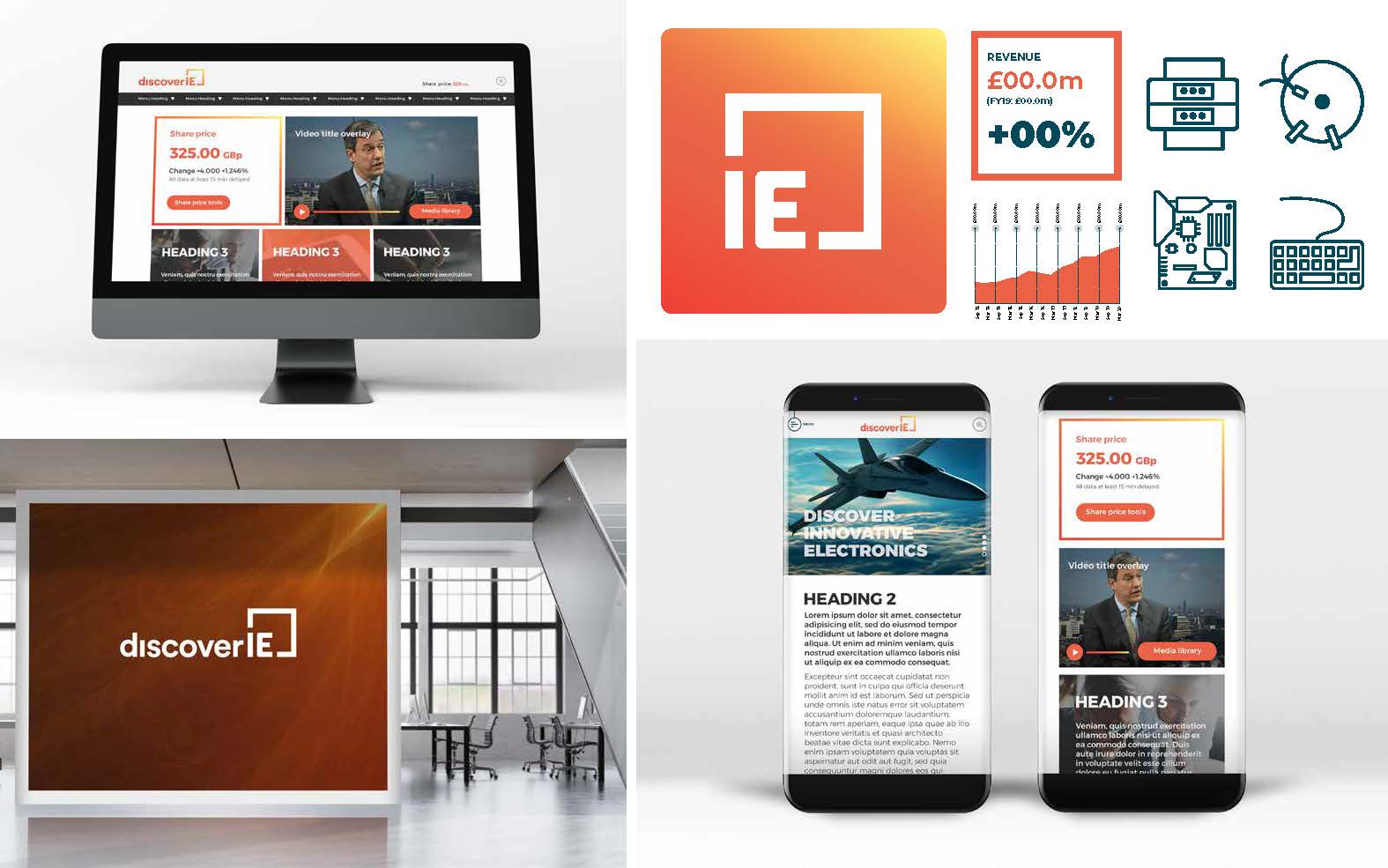
In my recent read of Marty Neumeier’s The Brand Flip, it highlights how brands – today and in the future – are co-created with their audiences (specifically customers and consumers). However, taking this into the E2S context, means stakeholders will play an ever-growing active role in shaping the enterprise’s reputation. While a message is unified, it must have adaptable relevance to reflect each group’s specific concerns without losing its core essence.
3. Building trust and transparency over time
Trust is at the heart of stakeholder relationships, but it cannot be built overnight. While B2C and B2B communications often emphasise immediate transactions or results, E2S communication is about long-term relationships built on trust and transparency. Enterprises must demonstrate their commitment through consistent, honest communication over time.
Drawing on Simon Sinek’s philosophy, traditional metrics will reflect purpose over time if enterprises stay the course. However, this requires patience and belief in the process. Stakeholders need to see both the immediate outcomes and the long-term vision, which is why an overarching narrative – one that speaks to both present concerns and future potential – is crucial.
For instance, our work with Norcros in their Capital Markets Event helped convey their long-term strategy around growth and sustainability. While addressing immediate operational successes, Norcros also emphasised their forward-looking vision and commitment to environmental stewardship. The event, coupled with their LinkedIn engagement, provided ongoing feedback from stakeholders, reinforcing trust through transparency and regular updates.
4. The McKinsey three horizons: balancing today and tomorrow
One of the biggest challenges for enterprises is managing the tension between short and long-term goals. This is where McKinsey’s Three Horizons Model provides a useful framework for thinking about innovation and evolution in communication strategy:
-
Horizon 1 focuses on the immediate: keeping stakeholders informed about current operations and performance
-
Horizon 2 introduces innovation, extending the business’s relevance into new areas
-
Horizon 3 looks to the future, where enterprises explore bold new directions and anticipate industry shifts
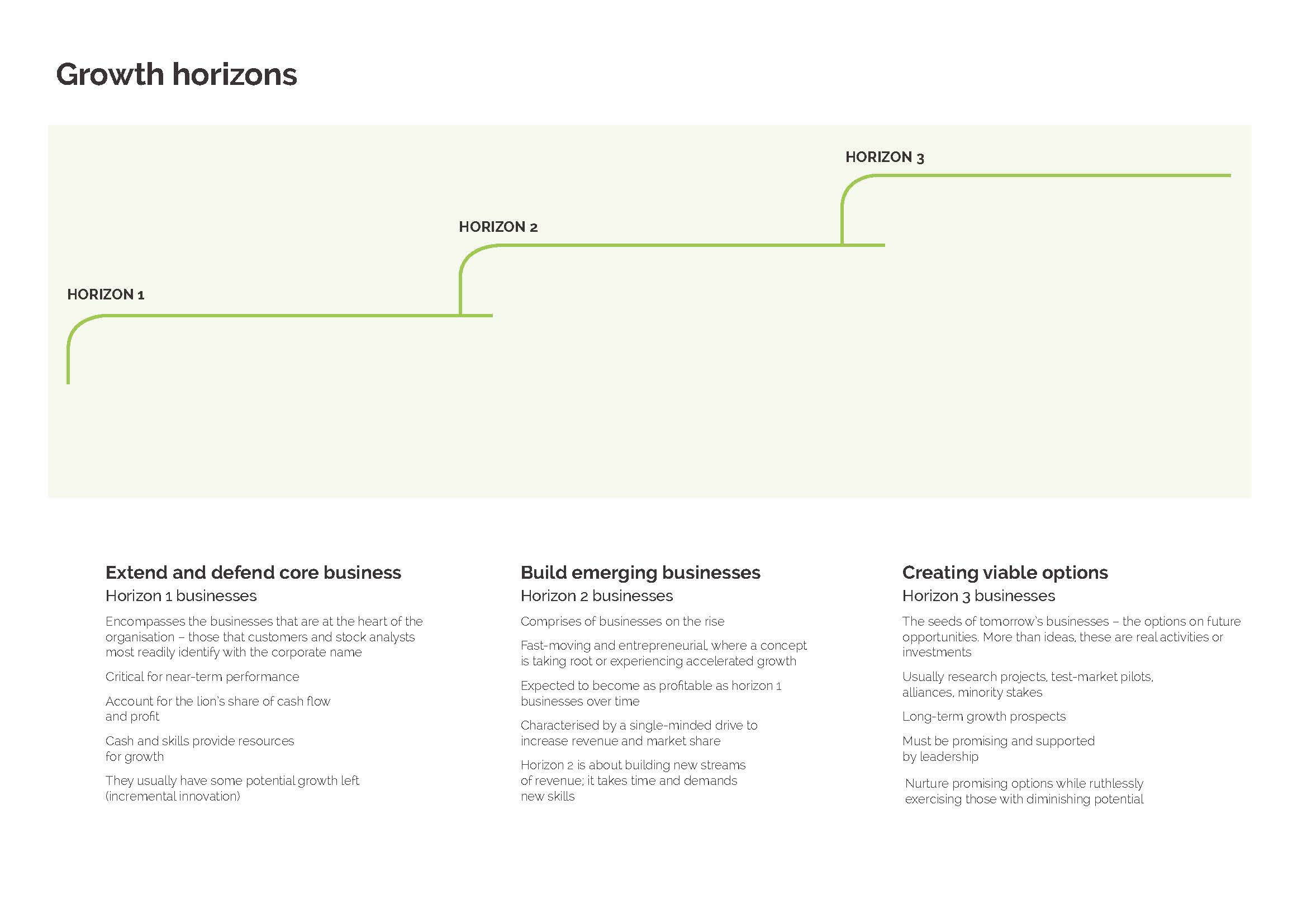
This was implemented with our work with Savannah Resources to support its transition of its operations from Mozambique to Portugal to focus on becoming a leading supplier of lithium for Europe’s energy transition. Their Barroso Lithium Project is a cornerstone of Europe’s strategy to achieve carbon neutrality by 2050. Savannah’s communication strategy balances immediate operational updates with their long-term vision, positioning the company as an essential part of Europe’s lithium value chain.
This model helps to maintain a focus on the here and now while ensuring that stakeholders remain engaged in the company’s future.
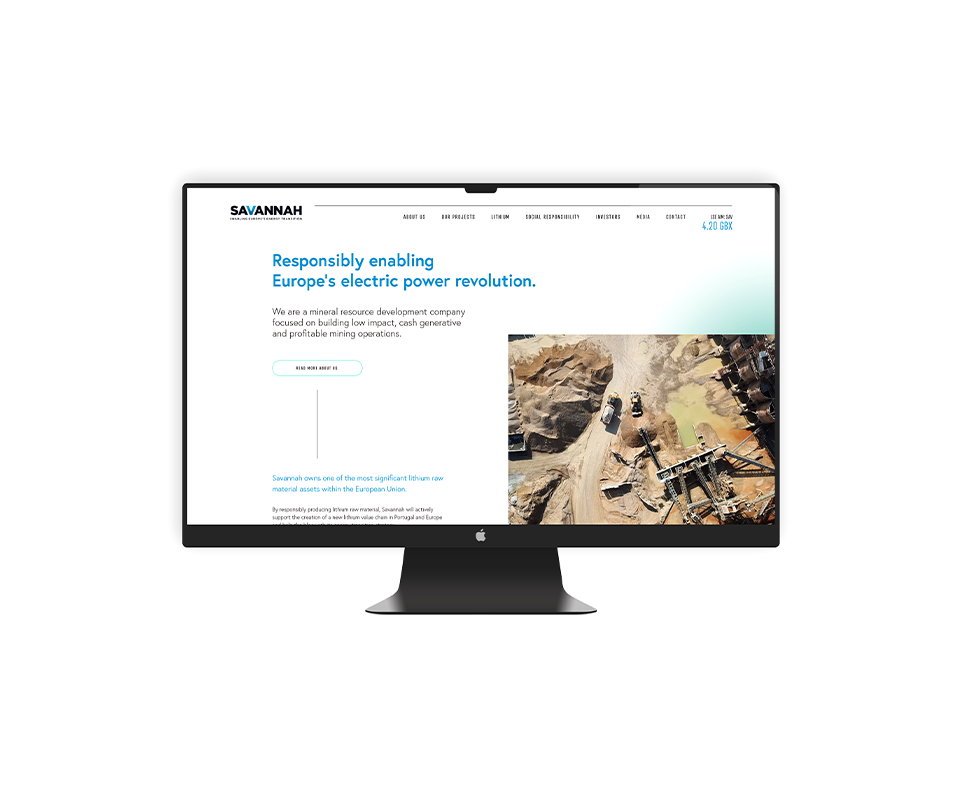
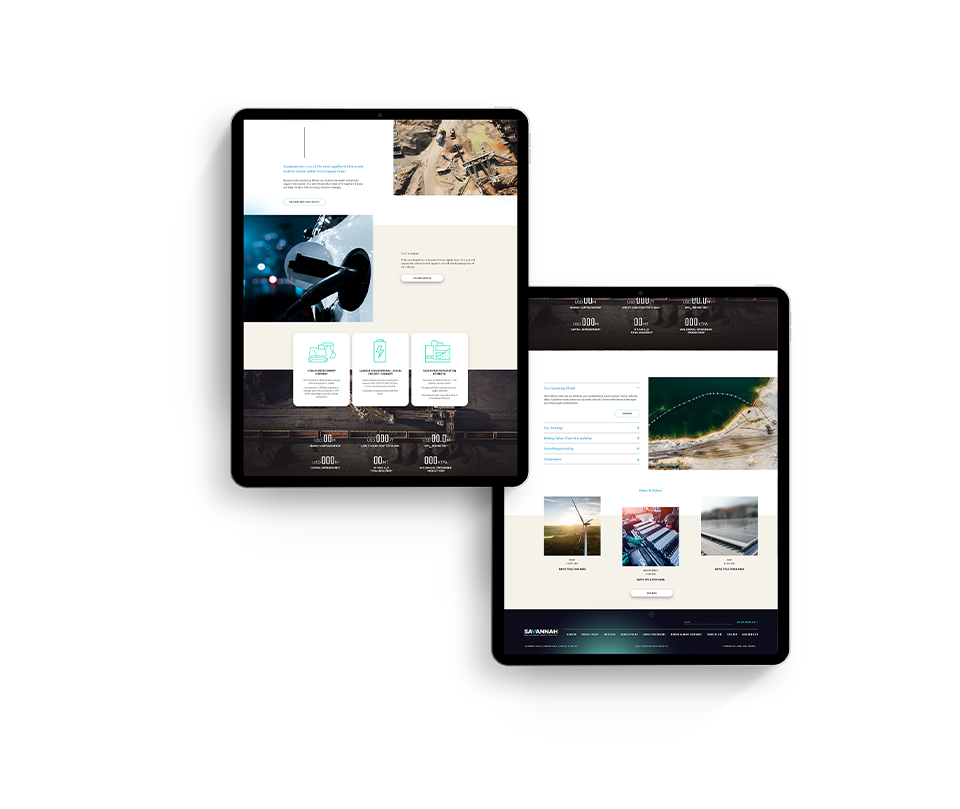
5. Leveraging digital strategy for co-creation
Circling back to my read of The Brand Flip, it only further cements my belief that digital platforms provide an incredible opportunity for stakeholder co-creation. Enterprises can now capture engagement data, analyse and use it to inform communication strategies and content. Corporate events, employee feedback sessions and investor meetings are not just opportunities to present information but to also gather insights to shape the narrative moving forward. Many enterprises still use their corporate website as just a repository of corporate information with no social media presence at all. This means a huge amount of valuable information and insight is lost as there is no feedback mechanism in place to support ongoing communications objectives to serve the going concern and long-term vision.
A great example of stakeholder co-creation was during Norcros PLC’s Capital Markets Event: the company presented its financial performance and strategic vision, as well as fostered engagement with investors and key industry leaders. By utilising the insights gathered during the event, Norcros has been able to refine and adapt its narrative, ensuring that it remained relevant and aligned with stakeholder expectations. The event served as a real-time feedback loop, where the company’s ongoing strategy – such as its focus on sustainable growth and market expansion – could be shaped by the very stakeholders they aim to serve.
Additionally, Norcros’ LinkedIn content strategy and design provides an ongoing feedback loop, allowing the company to extend the conversation beyond the event. By sharing key takeaways, updates and engaging posts, Norcros taps into real-time digital engagement from a broader audience, including investors, employees and partners. This continued interaction on social media allows them to capture further insights and adapt their communications strategy to reflect stakeholder concerns and interests.
6. Storytelling: tapping into the emotional side
While data and metrics are critical, emotional resonance is equally important. Stakeholders don’t just want to hear about financial performance or operational efficiency; they want to know how the enterprise’s actions align with their values. They want to see the human side of the business.
Enterprises can tap into the emotional aspects of their stakeholder relationships, crafting stories that connect on a deeper level. Whether it’s through employee success stories, community partnerships or innovative solutions to global challenges, compelling and authentic storytelling makes the enterprise’s purpose feel real, tangible and meaningful to every stakeholder group.
How are you driving your reputation?
The use of traditional B2B and B2C approaches are no longer enough for enterprises who need to engage a diverse range of stakeholders. The missing mindset – an enterprise-to-stakeholder (E2S) approach – focuses on reputation, purpose-driven communication, trust-building and co-creation through an adaptable, consistent content strategy and design that delivers across multiple platforms and touchpoints.
Those who operate at enterprise level, who are not aware or considering adopting this mindset, risk missing out on vital reputational opportunities, as well as losing touch with their stakeholders in an increasingly complex and socially conscious world.
Our people, frameworks and processes ensure our clients don’t just communicate – they connect and achieve. We specialise in developing a driving narrative that adapts to stakeholders’ diverse needs while maintaining the integrity of the enterprise’s purpose and what makes it truly valuable. If you require support on how to successfully navigate this shift, positioning yourself and your organisation’s reputation for long-term success, trust and relevance, then we’d love to hear from you.

